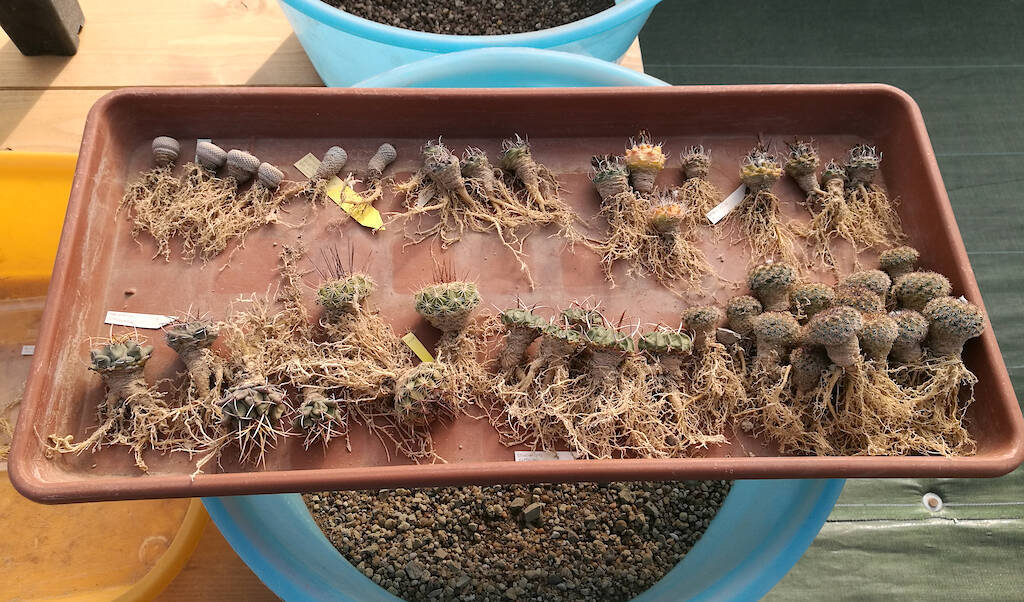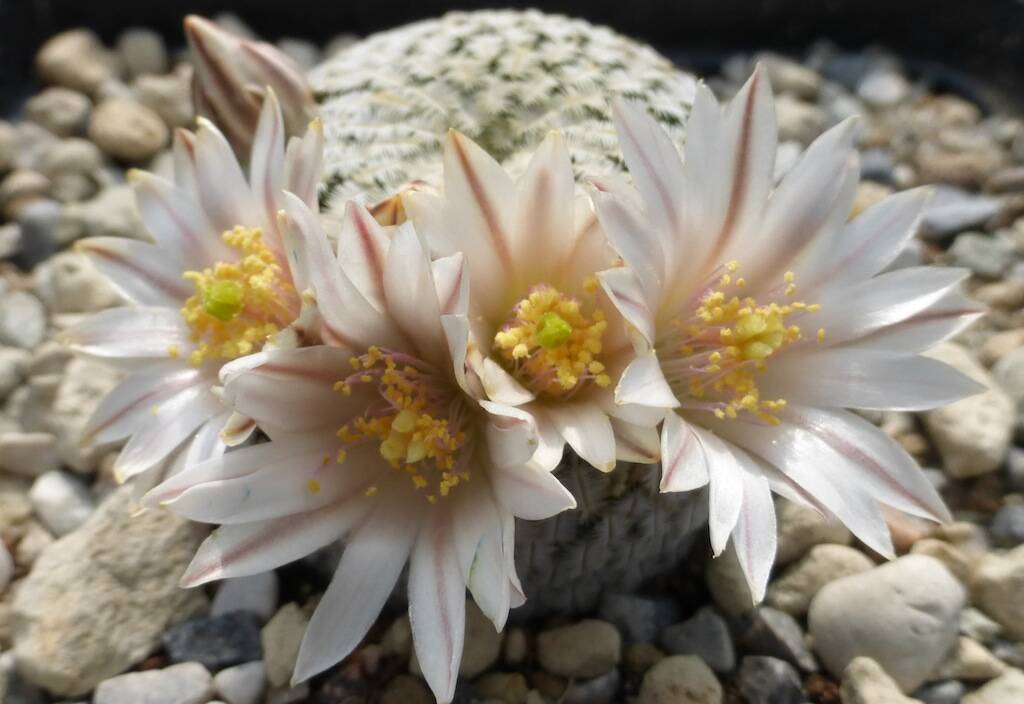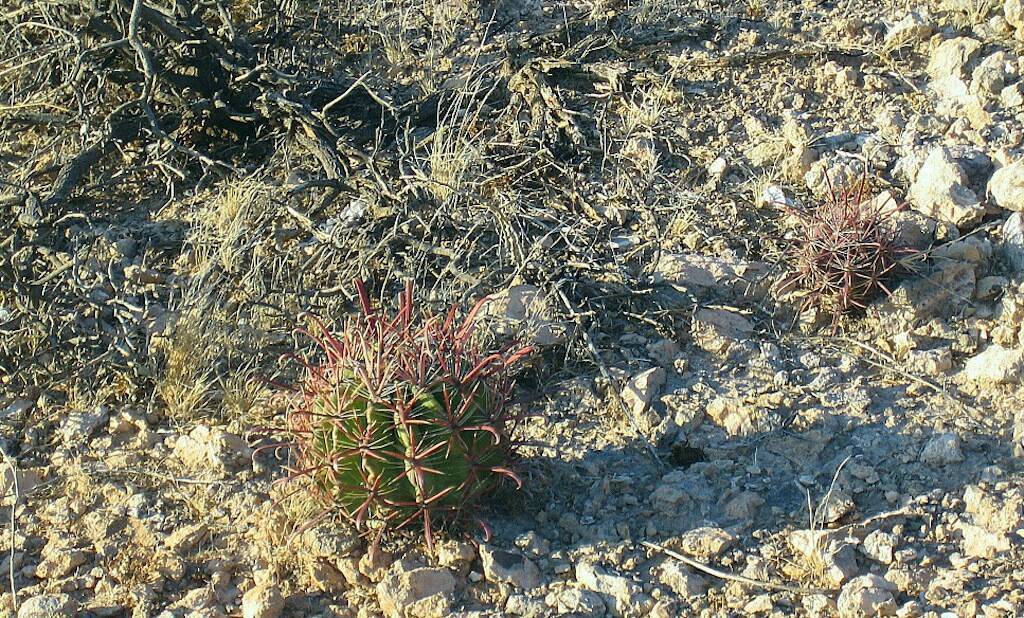Some growers repot every year, while some others repot when required – i.e. when a plant shows signs of suffering or when the pot has become too small related to the stem. There can be many reasons for repotting (or racking, as someone says alternatively) a cactus or a succulent plant, and every grower has his own rules. As for me, I don’t have “fixed deadlines”: I evaluate plant by plant trying to understand if new soil and more space are needed. I repot my succulents when I see that the vase is now too small, when I believe that the soil has exploited or when I want to grow specific specimens more quickly. While it is true that many plants live quietly in the same container for five or six years (in many cases even longer!), it’s also true that frequent repottings (once a year or every two years) help to speed up the growth of cacti, particularly young plants and genera that over time take on considerable sizes, such as Echinocactus and Ferocactus. I repot, also, when I notice that a plant has blocked for a long time and it doesn’t grow or produce new thorns. It can be the spy that something, at the root level, is going wrong. A plant that doesn’t grow or doesn’t swell despite watering, or, again, a plant that loses its colour (showing, for example, a lack of magnesium that not even fertilization can solve) can be saved by a repotting, with the cleaning of roots and the supply of new soil.
So let’s see in this article in which period it is better to repot cactus and succulent plants, which pots to choose (square, round, terracotta or plastic), how to check the roots and how to proceed in practice. (…)
Per proseguire nella lettura dell'articolo Accedi o Abbonati
To continue reading the article LogIn or Subscribe





